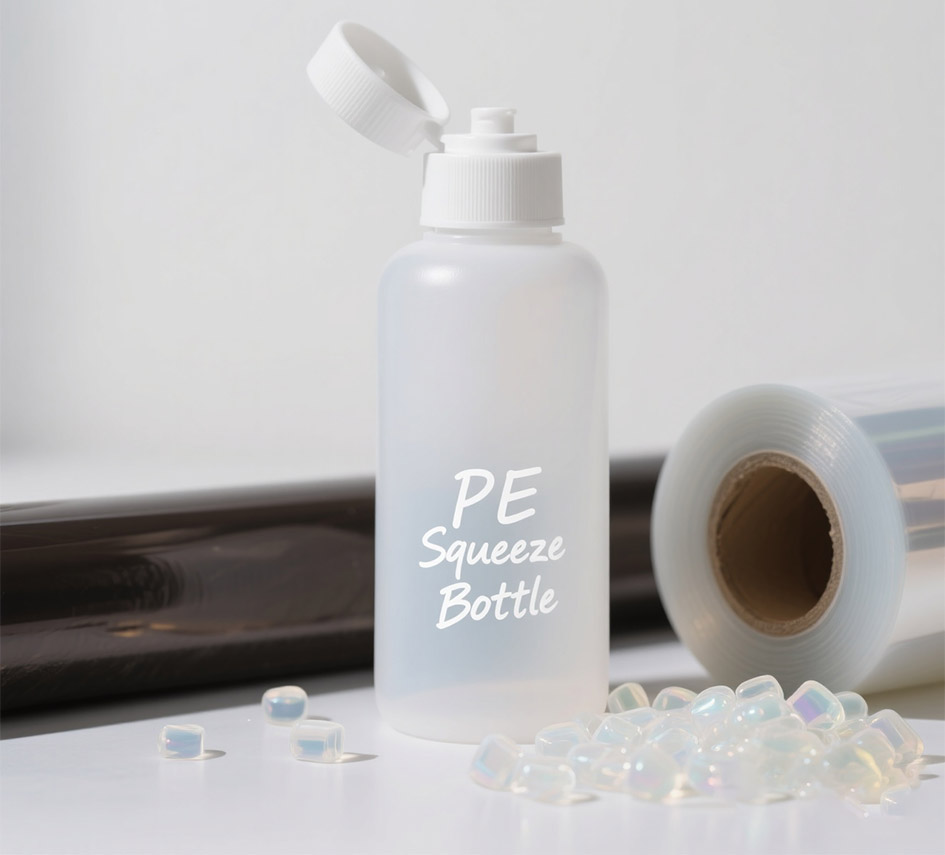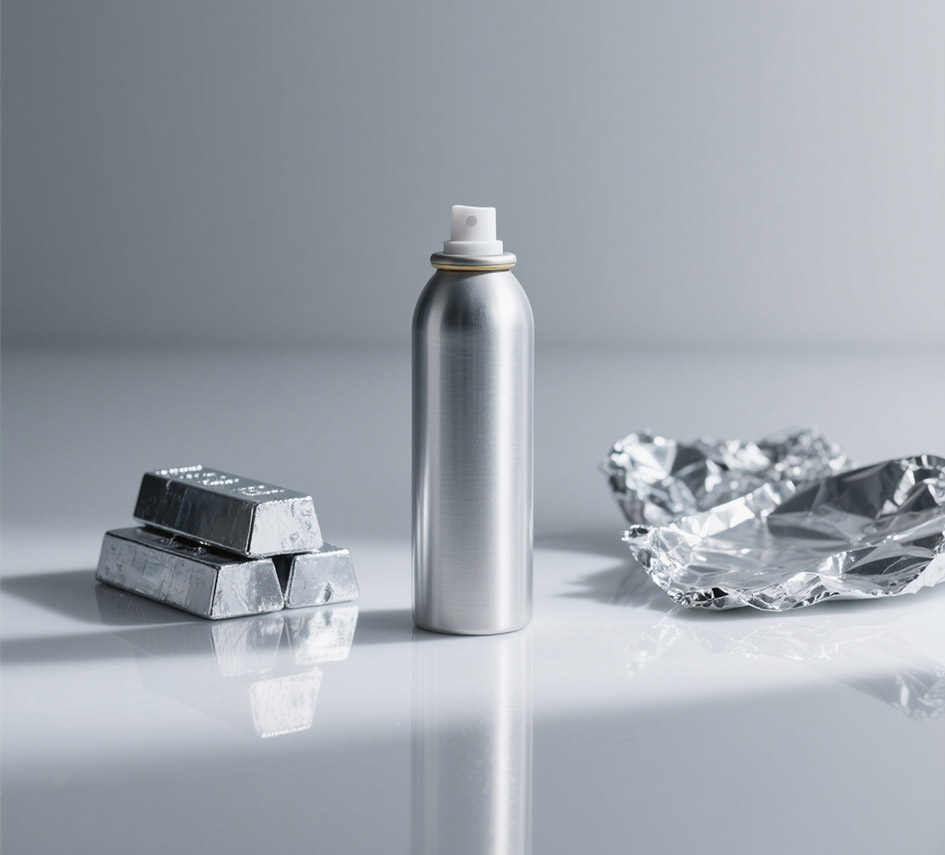
In the current era
{In today's planet-friendly context, the demand for biodegradable packaging materials is intensifying. A trio of popular polymers in packaging are PE compound, PP plastic, and PET compound. Each polymer offers unique specifications that make it applicable for diverse applications. Polyethylene is a resilient plastic often used in sheets, while polypropylene is known for its strength and is commonly found in vessels. PET, on the other hand, is sheer and thin, making it a popular choice for beverage bottles.
{When picking sustainable packaging, it's essential to analyze factors such as the repurposability of the compound, its environmental impact, and its efficiency.
Merits of PET Packaging in Food and Beverage
{PET shells have become a popular choice for the food and beverage industry due to their numerous benefits. One key plus is its lightweight nature, which translates to reduced logistics costs and a smaller carbon footprint. PET is also highly recyclable, making it an environmentally responsible option. Furthermore, its transparent aspect allows for product visibility, enticing consumers and enhancing brand showcase.
- What's more, PET's durability protects stock from damage during handling and preservation, ensuring freshness and quality.
- Because of its barrier properties, PET effectively blocks the entry of moisture, oxygen, and foreign substances, preserving product flavor and safety.
In general, PET covers offer a functional solution for the food and beverage industry, combining cost-effectiveness with planet-friendly considerations.
PP Wrapping: Adaptability and Robustness for Retail Items
{Polypropylene wrappings, commonly known as PP, has emerged as a leading choice for consumer goods due to its exceptional versatility and durability. That attributes make it ideal for a wide range of applications, from food storage to household products. The inherent strength of PP provides excellent protection against impact, scraping, ensuring the integrity of the product throughout its lifecycle. Furthermore, PP's toughness to withstand a variety of temperatures and environmental conditions makes it suitable for both indoor and outdoor use.
- PP packaging offers a high level of upcycling, minimizing its environmental burden.
- Companies often utilize PP to create lightweight and compact packaging solutions, reducing transportation outgo, and promoting environmental stewardship.
- The smooth surface of PP makes it easy to print on, allowing for clear and vibrant product tagging.
Summarizing, PP packaging's combination of durability, versatility, and sustainability has firmly established it as a preferred choice for protecting and presenting consumer goods in today's market.
Aluminum's in Premium and Protective Packaging
{Aluminum has emerged as a principal material in the domain of premium and protective packaging. Its inherent peculiarities make it an ideal choice for safeguarding commodities during transport and storage. Aluminum's strength provides exceptional guard against external factors such as moisture, oxygen, and light, ensuring product integrity and extending shelf life. Furthermore, aluminum's ornamental appeal contributes to the premium image of packaged goods, enhancing brand fame.
Contrasting Characteristics of PE, PET, PP, Aluminium
{Various plastics and metals possess distinct individual characteristics that influence their applications. Polyethylene substance, commonly known as PE, is renowned for its flexibility and low cost, making it suitable for packaging and casings. Polyethylene terephthalate generally known as PET exhibits high resilience and clarity, being employed for beverage bottles and textiles. Polypropylene compound, or PP, demonstrates endurance and chemical resistance, making it ideal for items like containers and automotive parts. Aluminum, a alloy, stands out due to its notable conductivity and recyclability, supporting applications ranging from cans to construction materials.
Green Choices: Biodegradable and Compostable Options
{In today's realm, it's more necessary than ever to diminish our impact on the planet. One way to do this is by opting for nature-friendly alternatives to usual products. Biodegradable and compostable options offer a outstanding solution to scrap problems. These materials decompose naturally over time, supplying valuable nutrients to the soil.
- Examples of biodegradable and compostable products include food containers, envelopes, and even fabrics.
- By choosing these routes, we can save natural resources and form a more earth-friendly future.
Developments in Flexible Packaging: PE Films and Laminates
{The flexible packaging industry repeatedly strives to develop innovative solutions that meet the evolving demands of consumers and manufacturers. Polyethylene (PE) films and laminates have emerged as key players in this landscape, offering a wide range of properties such as strength, durability, barrier performance, and versatility. Recent developments in PE film technology have led to the creation of high-performance materials with improved puncture resistance, tear strength, and chemical resistance. These enhancements enable the packaging of a diverse range of products, from food and beverages to pharmaceuticals and personal care items.
- Over and above, advancements in lamination techniques have allowed for the integration of multiple layers of PE film with other materials such as fibers and metallized foils. This multi-layered approach enhances the protective capabilities of packaging, providing superior barrier properties against moisture, oxygen, and light.
- Therefore, flexible PE films and laminates are increasingly being deployed in sustainable packaging solutions. Their lightweight nature reduces transportation costs and curtails the environmental impact associated with packaging waste.
Reviewing the Consequence
{In an era defined by environmental consciousness, the impact of packaging on sustainability has come under intense scrutiny. Traditionally, packaging has been viewed as a linear system, where materials are extracted, processed, used once and then discarded. However, embracing a circular economy approach presents a transformative solution. It paradigm emphasizes reducing waste by reusing, repairing, and recycling packaging materials, minimizing the depletion of resources and environmental impact. By implementing innovative design strategies and fostering collaboration across the supply chain, businesses can create a closed-loop system where packaging becomes a valuable resource rather than a source of pollution.
- A circular economy approach to packaging prioritizes the reuse and recycling of materials.
- Innovative design strategies play a crucial role in minimizing packaging waste.
- Collaboration across the supply chain is essential for achieving a truly sustainable system.
Directives and Products for Packaging
{Packaging substances are controlled by a variety of rules designed to ensure the welfare of consumers and the environment. These obligations often specify the types of substances that can be used, as well as controls on packagingconfiguration to diminish potential hazards. Adherence with these rules is mandatory for producers to avoid sanctions. These protocols can vary from region to Tinplate Packaging region, so it is crucial for businesses to scrutinize the specific requirements that apply to their merchandise. A regular intention of packaging guidelines is to promote environmental responsibility. This commonly involves supporting the use of reclaimed goods and trimming packaging remains.
Enhancing Packaging Efficiency
{In today's dynamic market, packaging/product containment are constantly seeking innovation/optimization/advancements to enhance both the performance/efficacy/effectiveness of their packaging and its environmental footprint. Lightweighting/Material optimization/Reducing density emerges as a key strategy in achieving this balance. By strategically/intelligently/carefully reducing the weight of packaging materials without compromising protection/integrity/security, manufacturers can achieve significant benefits/gains/advantages. These include lowered/reduced/diminished transportation costs, minimized/decreased/limited environmental impact through lesser/reduced/minimal resource consumption and waste generation/emissions, and improved/enhanced/optimized shelf appeal due to a more streamlined/compact/efficient design.
- Additionally/Furthermore/Moreover, lighter packaging can often lead to increased/enhanced/boosted product stackability, allowing for greater/more/superior storage efficiency and potentially lowering/reducing/minimizing overall shipping volumes.
Therefore/Consequently/As a result, investments/initiatives/commitments in lightweighting represent a strategic/forward-thinking/proactive step towards sustainable/eco-conscious/responsible packaging solutions that meet the demands of both consumers and the planet.
Choosing the Right Packaging Material: Factors to Consider
When it comes to packaging your products, the choice of material is vital. It's not just about look; the right packaging needs to protect your items during transit and satisfy specific needs. Here are some key factors to consider:
- Goods Nature
- Longevity
- Planetary Impact
- Price point
- Branding and Aesthetics
By prudently considering these factors, you can opt for the perfect packaging material to display your products while providing their safety. 